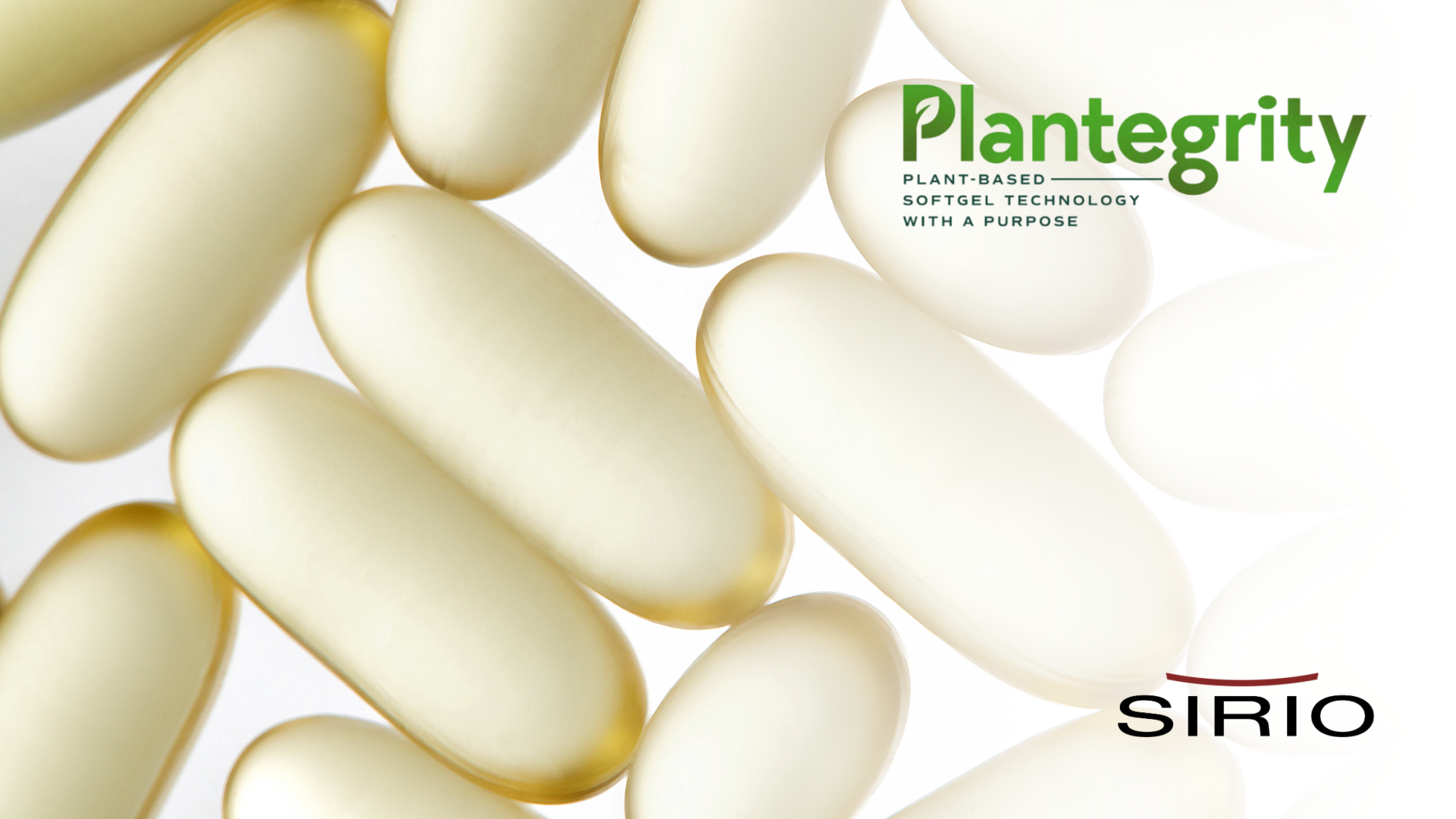
New Innovations, New Ingredients:The Rise of Eye Health Supplements
Across the globe, the COVID-19 pandemic has brought many challenges and changes to the population, both expected and unexpected. Many immediately come to mind, but one that may not be so commonly thought of is vision. Throughout the course of the pandemic, we have seen increasing problems with consumers spending greater periods of time indoors looking at damaging digital screens (computer, tablet, phone, etc). To take just one recent example, in 2020 US adults spent nearly 8 hours per day consuming digital media[1]. Increased time looking at a screen is directly linked with digital eyestrain (DES), which was significantly accelerated with the increase of people working from home and taking remote (zoom/teams) meetings due to the pandemic. In fact, it is estimated that 75% of people working on computers suffer from DES. Consequently, we are seeing a rising demand for vision boosting supplements.
Additionally, in western countries the aging population has nearly doubled in size, which is naturally also resulting in large age-related vision impairments. Compounding these problems across all age groups, we have also seen new research showing a key link between eye and brain development.
Coupled with a growing demand for eye supplementation is the parallel trend for natural ingredients, and many of the vitamins and nutrients that support eye health come from natural sources. For example, nearly all eye supplements contain the carotenoid lutein and most contain zeaxanthin as well. These carotenoids are typically found in vegetables and are macular pigments that absorb excess light energy protecting the eye from sun, as well as the growing concern of ‘blue light’ generated from computer and phone screens.
Multiple benefits from plant based ingredients
The ever-increasing desire for organic and natural products with sustainable origins has driven us to develop formulations containing plant-based carotenoids and other antioxidants, aside from lutein, zeaxanthin and bilberry. For example, there is a growing body of evidence now supporting new ingredients such as Astaxanthin and Ginko Biloba. Astaxanthin is a carotenoid that can help with the prevention of age-related vision impairment. It occurs naturally in algae and causes the pink color in salmon and shrimp. Aside from eye health, Astaxanthin has other benefits such as immune system, skin and joint aid. Similarly, Ginko Biloba provides dual benefits as it is often associated with boosting memory function but has also shown improvements in ocular blood flow in humans with glaucoma. One of the keys to using these ingredients, and any nutraceutical, is to ensure freshness, quality and that they are GMO free.
Another benefit is that these ingredients can cater to, is the increasing demand for dual benefit supplements. In fact, there are several popular ingredients for eye health supplements that cater to two needs at once. For example, DHA is beneficial for cardiovascular health and brain function. Antioxidants and zinc fight macular degeneration while strengthening the immune system. Additionally, any eye health supplement will help with overall health due to eye health’s direct link to migraines and fatigue.
A new star in the ingredient sky: Bilberry
Another plant-based antioxidant, bilberry is a less well-known ingredient quickly rising in popularity. Bilberry is a traditionally used antioxidant native to Europe. The studied benefits attributed include alleviation of eye dryness after screen time, improved accommodative eye function and vision sharpness. Such is the excitement around this ingredient, at SIRIO we are already developing formulations including bilberry, including a daily softgel to improve the normal miniatous of vision for eye relief and focus, which combines bilberry fruit extract and DHA rich algae oil.
One of the benefits of these ingredients is that they can be made into a range of dosage forms, with softgels overall remain the most popular, but gummies are also gaining popularity quickly in both adults and children. To give just one example, SIRIO has just successfully developed gummies for eye health containing ingredients such as DHA, lutein, zinc and many others. Based on their age and RDA, the consumers would need to take 1-2 orange flavored gummies, which is a very pleasant way to get nutritional benefits.
In terms of challenges both softgels and gummies, both bring their own complications. For softgels, manufactures need to consider complex suspensions and how to contain many ingredients and make them stabile within the dosage form. Another consideration is the interaction of ingredients and how they conform to one another. Gummies present similar challenges, but additionally, stability becomes a factor as does masking the taste of omega-3 DHA.
So, although the pandemic was not the initial causal factor, its consequences have certainly accelerated the use of eye health nutraceuticals. What we will now likely see over the next few years is growth driven by the trifecta of factors: age related eye stress, increased consumer screen time and, a push for natural ingredients in preventative eye health supplements.
Reference
- [1] https://www.emarketer.com/content/us-adults-added-1-hour-of-digital-time-2020?ecid=NL1001
Related articles

2025 in Trends: What Worked, What Sold, and What’s Next for Supplement Brands

SIRIO Awarded EcoVadis Silver Rating for Dual Industrial Parks Ranking Among Global Top 15%

CPHI 2025: 4 Key Trends Shaping the Nutraceutical Landscape

Talking, tasting, innovating: SIRIO shares behind-the-scenes highlights from its innovation summit

SIRIO brings in-demand magnesium concepts to CPHI Frankfurt with newly-expanded X Mg range
